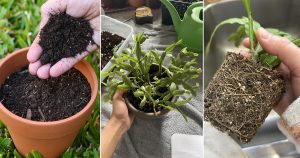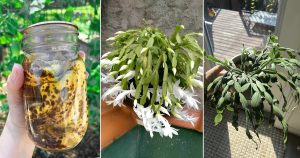Fertilization plays a big part in keeping your succulents healthy, but the timing is key! Can you fertilize at odd times like October? Find out!
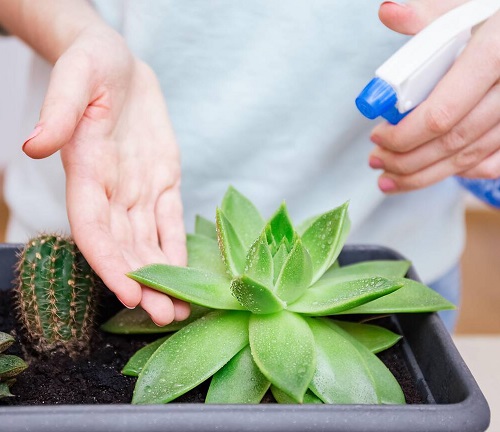
When the soil runs low on nutrients, fertilizers step in to support healthy growth. But that doesn’t mean you can feed your succulents whenever you wish. Fertilizing at the wrong time—like during dormancy—can do more harm than good. So, is October a safe month, or should you wait? Let’s find out.
What is the Best Time to Fertilize Succulents?
The best time to fertilize succulents depends on the individual growth and biological cycle of the plant. There is no “one-size-fits-all” when it comes to this! Certain succulents are active during the winter season (their) active growth period, while most others grow during the warm months of the year.
Depending on the growing season, do your homework and fertilize your plant just before or during this period. This allows the succulent to absorb and utilize the nutrients without going into shock or disrupting the soil’s nutrient balance.
If you try fertilizing during the dormant season, your plant will not need the additional nutrient supplements, and hence, there will be an unnecessary buildup, which may disrupt the plant’s health.
Should You Fertilize Succulents in October?
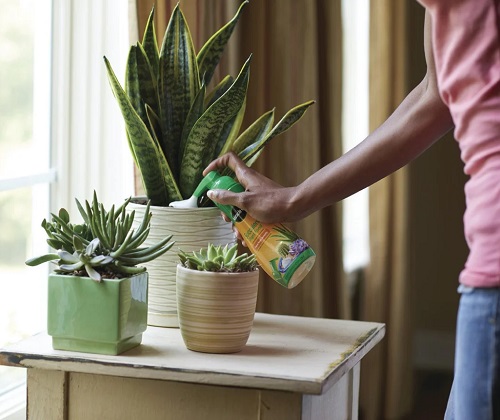
Now that you know that the time pocket for fertilizing succulents varies from plant to plant, you can deduce whether October is a suitable time period to do so. However, in a broader sense, let’s go over the basics of fertilizing during this month.
Most succulents love warm conditions and continue growing until the air gets too cold and the sun begins to shy away. So if you live in a tropical region or in the USDA zones 9 and above, the month of October still brings in a bit of warmth, which can allow you to successfully fertilize your plant.
Pro Tip: In indoor situations, you can easily manipulate the temperature and humidity conditions to trick the plant into thinking it is still its active growing season.
Do’s and Don’ts of Fertilizing Succulents in October
October is a tricky month when it comes to fertilizing. It lies in no man’s land, the grey area right between the active growing season and the dormancy period. Therefore, you must be a lot more vigilant while doing this horticultural practice.
Do’s
1. Use the right fertilizer
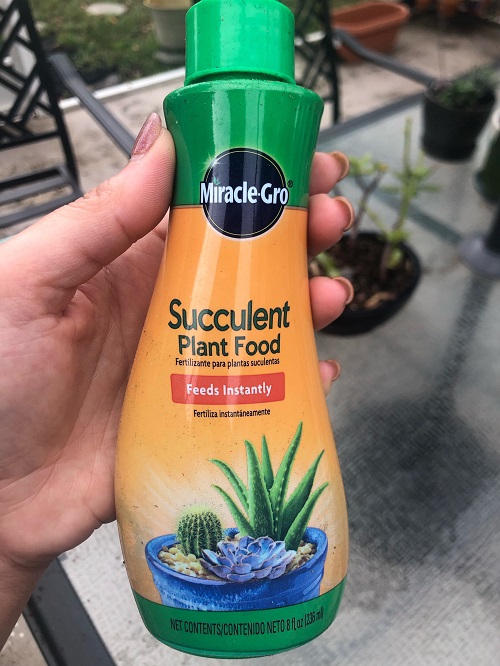
You can choose a mild, liquid fertilizer with a balanced NPK ratio like 10-10-10 or 5-5-5. Dilute it to half strength to prevent root burn..
2. Prepare the Soil Prior to Fertilizing
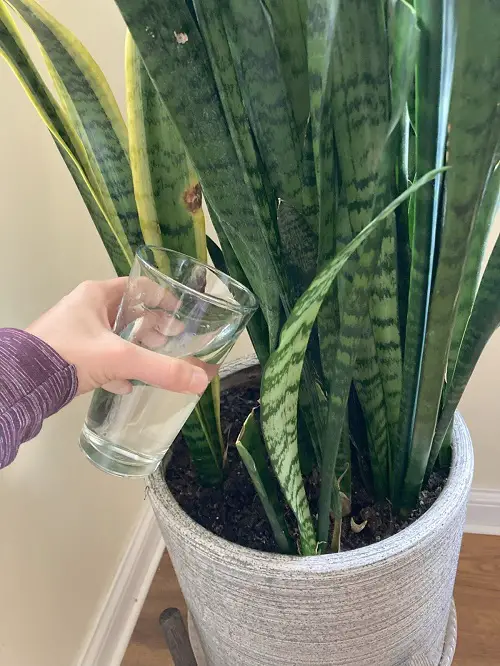
Directly pouring the fertilizer solution on dry soil can lead to salt buildup or even chemical burning. It is always a good practice to moisten the soil to reduce shock and calm the root system.
It is particularly important in October as the soil gets drier and colder than in the summer season.
3. Match the Biological Clock
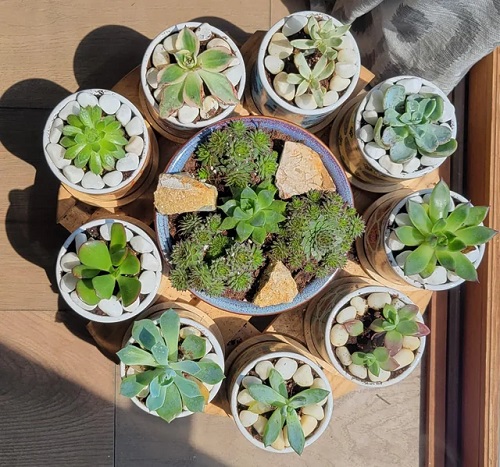
We all know that most succulents photosynthesize during the day. This is when they need the additional nutrients. If you try and fertilize the plant during the night, it will be of no use and will just be stored in the soil.
4. Try Using Alternatives
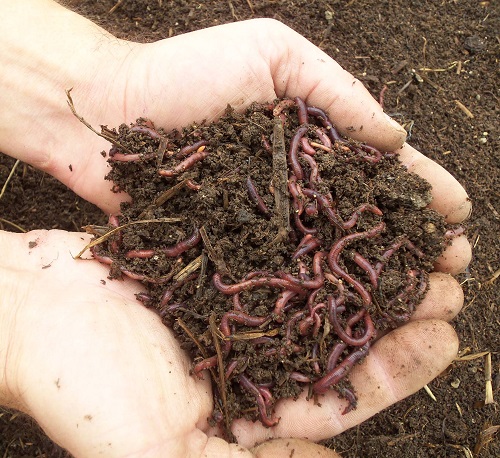
Industrial chemical fertilizers can be too harsh, especially at the end of the fertilization time limit. Therefore, opting for non-toxic and organic alternatives is a better option.
Using compost, worms, kitchen waste, and others will not be as strong and therefore not affect the plant massively.
Don’ts
1. Stop After Dormant Period
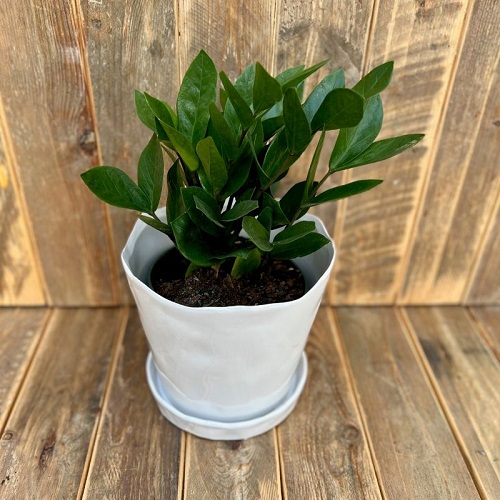
If you can clearly see that your succulent has reached its dormancy phase, halt fertilization. This can be denoted by little to no growth, no blooming or falling of flowers, and foliage loss.
2. Do not Compound Stress
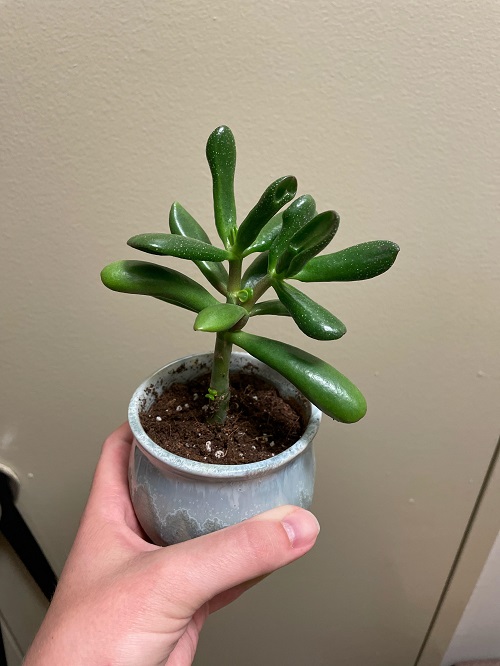
If you have already physically altered your succulent, such as recently pruned or repotted it, fertilization during October is not the best idea.
The plant will need energy to heal or adapt to its new settings, and external fertilization (although helpful during the active season) will only divert the energy to nutrient absorption.
3. Do not Fertilize Young Plantlets
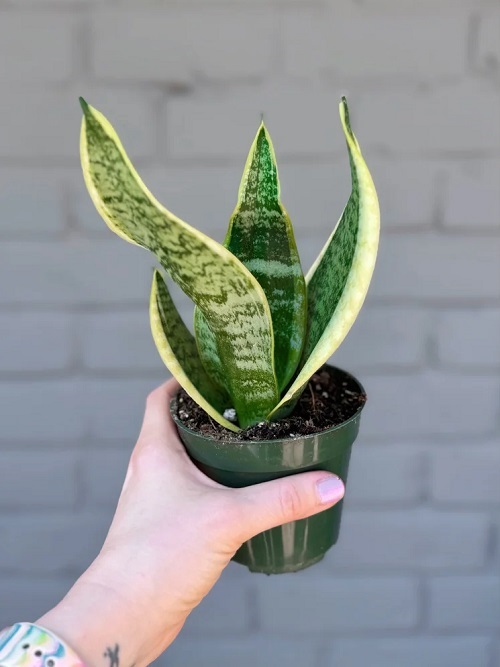
Baby or young succulents are not as resistant or tolerant as mature ones. Hence, harsh fertilization during October will burn the tender plants.
Let the plant stabilize and gradually begin the process only during the right season.
4. Do not Overdo It
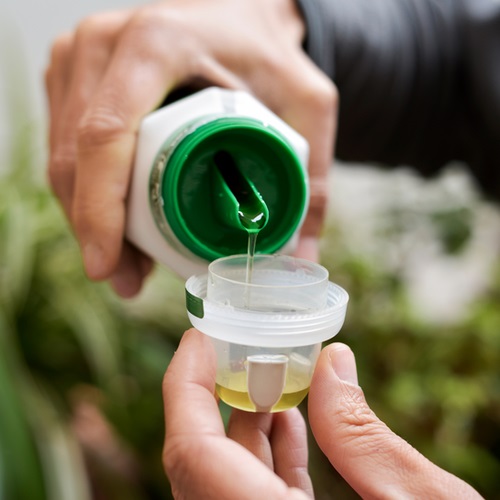
Even if your plant can handle fertilization late in the year, there is a limit. Heavy doses or frequent fertilizing will do more harm than good. It is better to underdo than overdo this process, especially during October.
In most cases, fertilize once with a small liquid and diluted dose for the best results.
Now that you know the dos and don’ts of October fertilizing, tell us which other gardening queries you have related to succulents in the comment section!

